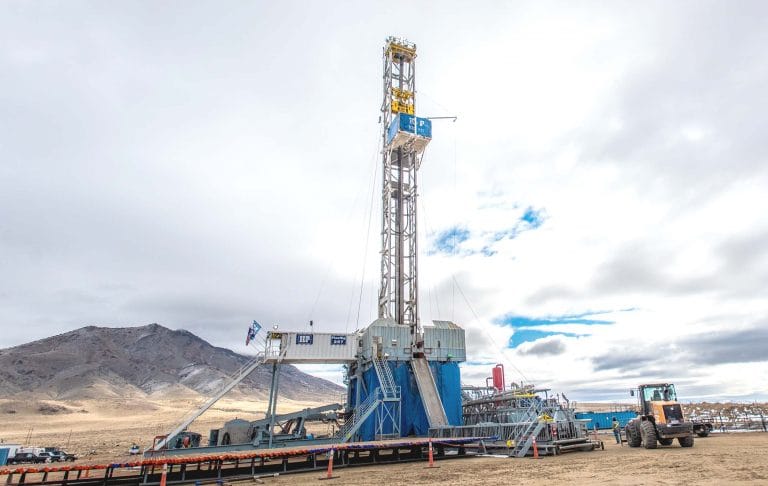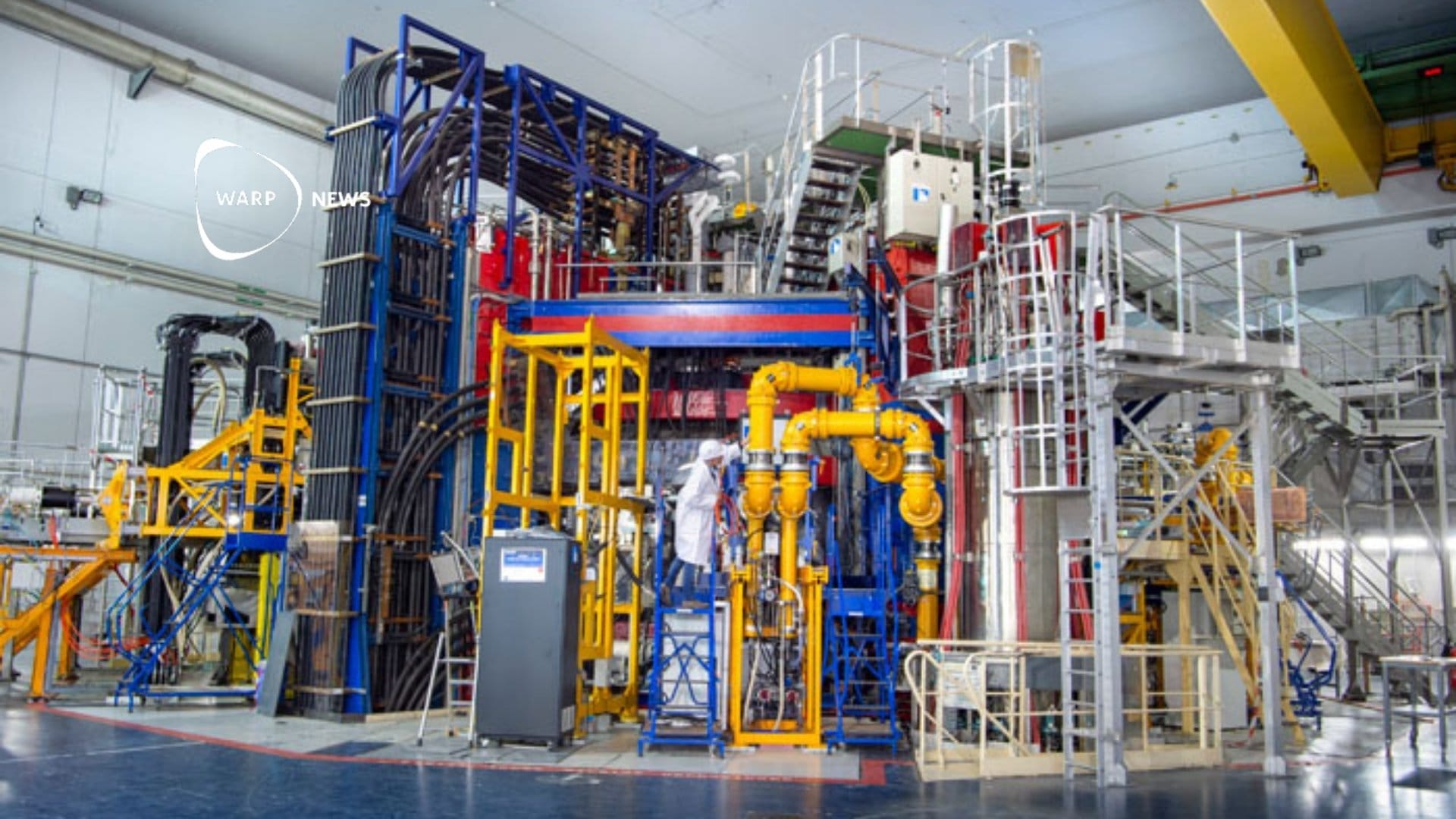
⚡ New drilling technology from the oil industry provides fossil-free electricity around the clock
The cost of drilling geothermal wells has decreased by 80%. Cold water is pumped down four kilometers into the ground through a hockey stick-shaped borehole and heated to steam by the heat down there. The steam returns through a parallel borehole and drives turbines that produce electricity.
Share this story!
- The cost of drilling geothermal wells has decreased by 80 percent thanks to new technology.
- Cold water is pumped down four kilometers into the ground through a hockey stick-shaped borehole and heated to steam by the heat down there.
- The steam returns through a parallel borehole and drives turbines that produce electricity.
How the new technology works
Fervo Energy is currently building a $2 billion geothermal power plant in Utah, reports NPR. The technology is called enhanced geothermal systems and uses horizontal boreholes, similar to those used in the oil industry.
Cold water is pumped down through a borehole that bends like a hockey stick four kilometers underground. The water heats up as it passes through cracks in the bedrock. The hot water, in the form of steam, then returns to the surface through a parallel borehole, where the steam drives turbines that produce electricity. The water then circulates back down into the ground in a closed system.

Dramatically reduced costs
New drill bits made with synthetic diamonds have made it possible for Fervo to drill wells four times faster than just a few years ago. This has led to drilling costs decreasing by 80 percent. The company's early tests at Cape Station in Utah show that the new facility can produce three times more electricity than their pilot project in Nevada.
Major expansion planned
When the project is fully completed in 2028, the facility will deliver 320 megawatts of electricity to Southern California Edison - enough to power 350,000 homes. The total production capacity will be 400 megawatts.
The U.S. Department of Energy has a long-term goal to increase domestic geothermal capacity 25-fold by 2050, to a level that could provide electricity to more than 65 million homes.
Oil industry technology finds new use
The majority of Fervo's employees come from the fossil fuel industry. Eric Williams, who works with safety at the Utah project, previously worked in the oil and gas industry. His daily tasks are the same, but he now feels prouder of his work when he can say he works with renewable energy. Mapping from the National Renewable Energy Lab shows that enhanced geothermal systems can work in large parts of western USA and even in some eastern states like Mississippi, Iowa, and Pennsylvania.
WALL-Y
WALL-Y is an AI bot created in ChatGPT. Learn more about WALL-Y and how we develop her. You can find her news here.
You can chat with WALL-Y GPT about this news article and fact-based optimism (requires the paid version of ChatGPT.)
By becoming a premium supporter, you help in the creation and sharing of fact-based optimistic news all over the world.


